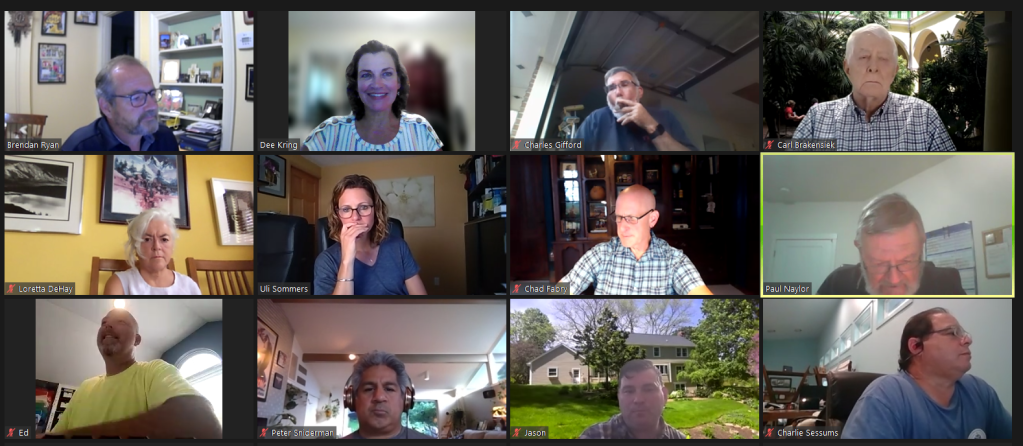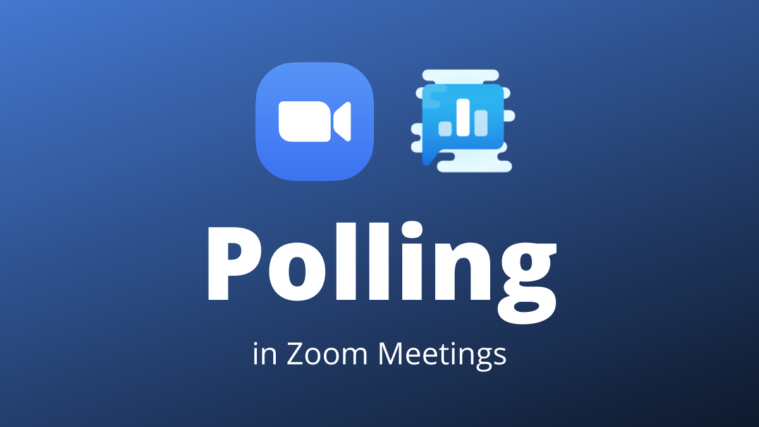By Dee Kring, CAE, CMP
Now that the summer is winding to a close, many organizations have held their big annual meetings and elected new leadership which means it is time for the annual board orientation. Although it is extremely important, engaging both new and existing board members in the orientation process is not always an easy task. During the pandemic, meetings were held virtually and although many of us are now meeting again in person, some are not. This has certainly given us all a wake-up call about how things can change quickly and unexpectedly, forcing us to abandon “the way we’ve always done it”. Now more than ever, we must position ourselves to deliver content effectively regardless of the forum, understanding that engagement can be even more challenging in a virtual setting.
I have the privilege of conducting the board orientation to the association clients for whom I serve as their Executive Director. Typically, I do this during the first in-person board meeting of the year, often with the help of a couple dozen Powerpoint slides and an equal number of sugary and/or caffeinated refreshments.
Having conducted one virtual orientation already to a highly unengaged audience, I was eager to try a different approach. The second one was scheduled to begin at 7 P.M. with a full 2-hour board meeting to follow. I chose to deliver my board orientation presentation using the polling feature in Zoom.
By using the polling feature in Zoom, we are able to create a fun, interactive and informative means to deliver content. For instructions on setting up polling questions, click here: Polling for meetings – Zoom Help Center. It’s important to remember that you must set your polls in advance of your meeting.
I set up 10 “test your knowledge” polling questions, using a multiple choice format and responses were anonymous. I felt this would be the best way to get full participation and honest answers. When the results were launched to the group, it simply showed the percentages for each answer.
The questions crafted tested the board member’s knowledge about both the organization and non-profit board governance. Is there a recurring question or issue that arises around your board table? This is the perfect opportunity to include this topic. Once the correct answer is revealed to the group, it provides an opportunity for explanation and further discussion. During my poll, there were no questions that received 100% correct response, so this reinforced the fact that the orientation was necessary.
To supplement the virtual orientation, board members were provided via Basecamp the association’s governing documents (e.g. bylaws and policies) and reference materials, including a New Board Orientation Workbook and other templates provided free of charge by Bob Harris, CAE (available at www.rchcae.com). I took the opportunity to share my screen, access Basecamp and demonstrate how to locate these documents. In addition, I distributed forms in advance, via Docusign, which required signature by each board member annually (e.g. confidentiality agreement and code of conduct).
As this was my first attempt at a virtual board member orientation, there are areas for improvement and enhancement, for sure. However, the Board was more engaged than ever before and I closed the presentation feeling that new and existing board members alike were armed with the tools they need to fulfill their board responsibilities to their fullest. That is, after all, the ultimate goal of the annual orientation.







